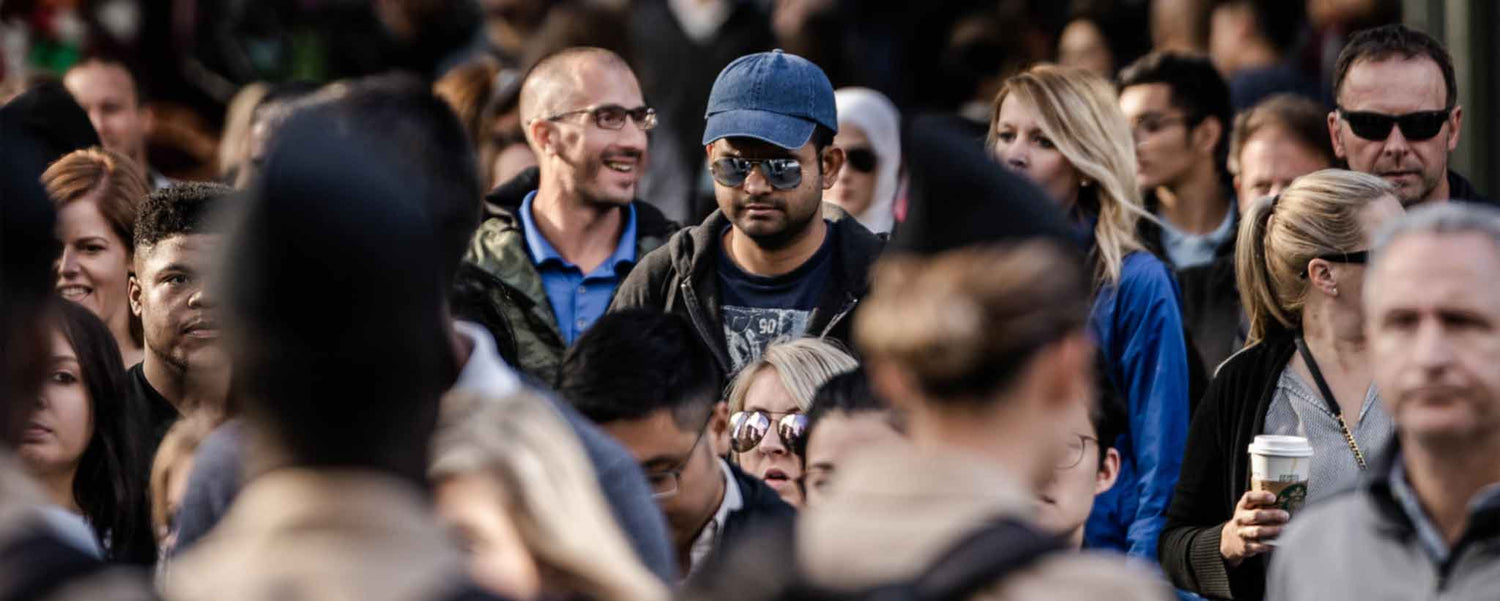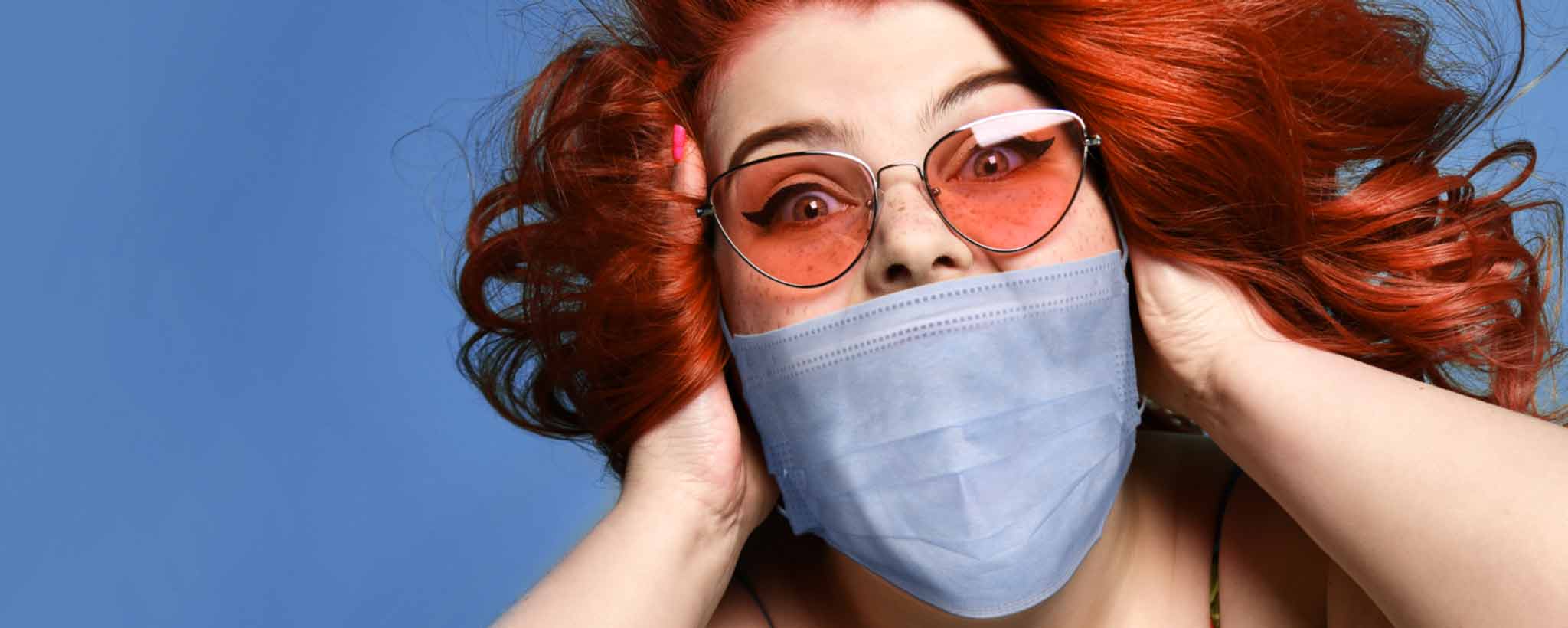I feel compelled in today’s climate to preface the conversation by saying that there are no racial overtones. Black Friday is traditionally the day following Thanksgiving in the U.S. when retailers promote and sell enough products that accounting records move from red (negative) to black (positive) ink.
Since 1952, crowds have lined up early for door-buster specials as holiday shopping begins. That was pre-pandemic. Now, there are no crowds at brick-and-mortar stores. E-commerce has moved a significant amount of shopping online.
Customers not wanting to risk life and limb for a $100 flat-screen television can shop for gifts on Cyber Monday—the first weekday following Black Friday. This has become the second biggest shopping day of the year. Retailers recognize two days together as BFCM. With global shopping, BFCM has expanded beyond the United States.
Wanting to extend positive cash flow, store owners began having weekend BFCM sales. Then they become week-long events. Perhaps BFCM will acquire a new designation of Cyber Week. BFCM is dramatically different during the pandemic. Has it lost its glamor?
As it relates to ClinicalPosters, BFCM is inconsequential. While you could buy human anatomy posters and frames as gifts for medical graduates, they are more likely office expenses. There are many year-round jewelry and mask products for individuals. ClinicalPosters features discounts throughout the year.







